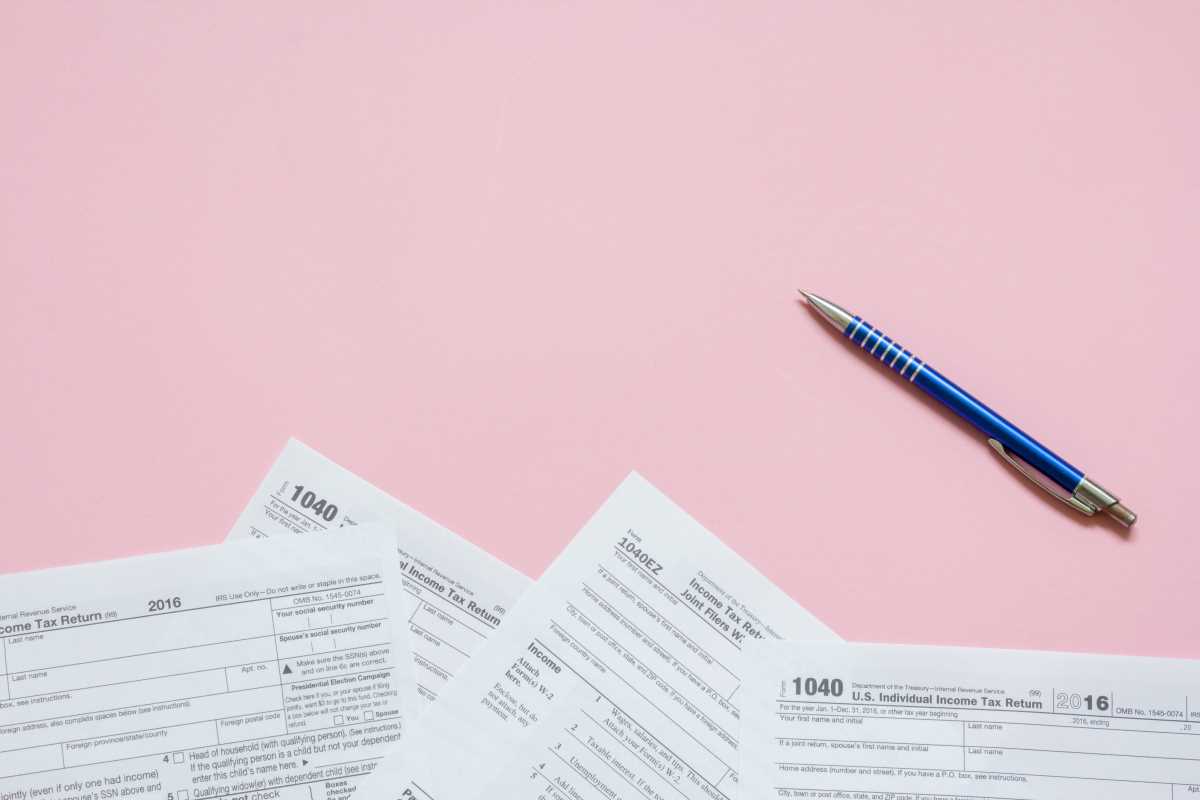Tax season can be stressful, but preparation is key to making the process as smooth as possible. Whether you’re a first-time filer or a seasoned tax pro, it’s important to understand the latest updates, gather the right documents, and maximize potential tax benefits.
Key Deadlines to Keep in Mind
The first step in staying ahead of tax season is knowing the deadlines.
- January 23, 2025: The IRS is expected to begin accepting tax returns.
- April 15, 2025: The deadline to file your 2024 federal tax return or request an extension (but remember, extensions only give you more time to file—not more time to pay).
- October 15, 2025: The final deadline for those who filed for an extension.
Filing early is highly recommended, as it prevents last-minute scrambling and reduces the risk of identity theft during tax season.
Important Changes in Tax Laws for 2024
Tax laws can change each year, and staying informed can help you file accurately while maximizing your potential tax savings.
- The standard deduction has been adjusted for inflation. For the 2023 tax year (filed in 2024), the amounts are:
- $13,850 for single filers and married individuals filing separately.
- $27,700 for married couples filing jointly.
- $20,800 for heads of household.
- If you claim the standard deduction, these increases may lower your taxable income compared to previous years.
- Tax credits for energy-efficient home improvements and electric vehicles (EVs) have been expanded. For example, you may qualify for credits if you’ve added solar panels, upgraded insulation, or purchased a qualifying EV in 2023. Check the specifics for each credit to see if you’re eligible.
- The Child Tax Credit has returned to pre-pandemic levels. For 2023, it’s capped at $2,000 per qualifying dependent under 17, with eligibility based on income.
- Tax brackets for 2023 have been adjusted to account for inflation, which could affect how much you owe. Make sure to check where your income falls in the new brackets.
If you’re unsure how these changes impact you, consulting a tax professional could be a smart move.
Standard Deductions and Credits to Keep in Mind
One of the best ways to reduce your tax liability is by taking advantage of deductions and credits.
- Earned Income Tax Credit (EITC): Designed for moderate to low-income earners, the EITC can provide significant savings depending on your income and family size.
- Health Savings Account (HSA) Contributions: Contributions to an HSA are tax-deductible, and distributions used for medical expenses are tax-free.
- Education Credits:
- The American Opportunity Credit provides up to $2,500 for eligible higher education expenses.
- The Lifetime Learning Credit offers a credit of up to $2,000 for continued education or job training courses.
- State and Local Taxes (SALT) Deduction***:
- Taxpayers can deduct up to $10,000 in state and local income, sales, and property taxes if they itemize their deductions.
- Charitable Contributions for Itemizers***:
- If you’ve donated to qualifying charities, you can deduct the value of your contributions if you itemize your return.
Being aware of these benefits ensures you don’t leave money on the table.
Tips for Organizing Your Tax Documents
Organization is your best friend when tax season rolls around. Having all your documents in one place can save you time, reduce stress, and make filing easier. Here’s what to gather:
- Income Statements: Include W-2 forms from employers and 1099 forms for freelance work, investments, or other income sources.
- Expense Records:
- Receipts for deductible expenses like medical costs, charitable donations, and education expenses.
- Proof of home improvements if claiming energy credits.
- Tax Forms for Savings and Investments:
- 1099-INT for interest income.
- 1099-DIV for dividends.
- 1099-B for stock sales.
- Statements for retirement account contributions or distributions.
- Dependents' Information:
- Social Security numbers and childcare provider details for eligible credits.
- Previous Year’s Tax Return:
- This can serve as a helpful reference for consistency.
Creating a folder or digital file for these documents early will save you from scrambling to find them later.
The Benefits of Filing Early
While the filing deadline isn’t until April, there are clear advantages to submitting your return as soon as possible:
- Filing early means getting your refund sooner, which can be a big help if you’re counting on that money to meet financial goals.
- Filing early reduces the opportunity for identity thieves to file in your name and claim fraudulent refunds.
- Waiting until the eleventh hour can lead to rushed decisions, errors, or missed deductions. Early filing gives you more time to prepare and double-check your work.
- If there’s an error in your tax information (like receiving an incorrect W-2), you have time to resolve it before the deadline.
When to Get Professional Help
While many people handle their taxes themselves, some situations warrant professional help. Consider hiring a tax preparer or CPA if you:
- Own a business or are self-employed and need to file complex returns.
- Want strategic advice to minimize taxes for investments or retirement planning.
- Have experienced significant life changes, such as marriage, homebuying, or becoming a parent.
- Are unsure how to claim certain deductions, credits, or adjustments.
Professional guidance can save you time and money while ensuring accuracy.







